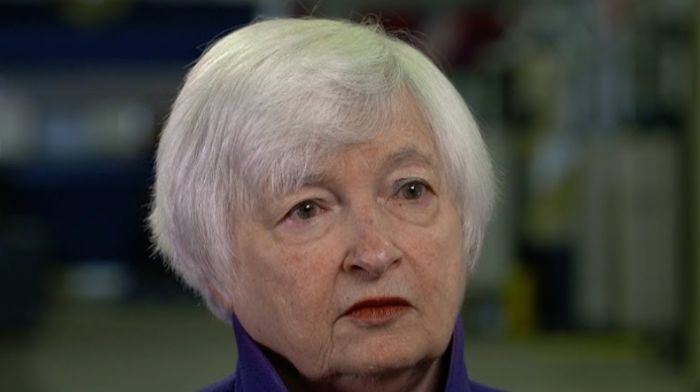(Center Square)
The US Congressional Budget Office, the official budget projection resource for the federal government, this week released a string of alarming statistics in its latest estimates.
CBO projects that the deficit will nearly double over the next decade, reaching $2.9 trillion by 2033. Annual deficits will average $2 trillion for the next decade.
The federal debt held by the public “will increase from $24.3 trillion at the end of 2022 to $46.4 trillion at the end of 2033.”
“As a percentage of GDP, that debt is projected to stand at 118 percent at the end of 2033 — about 21 percentage points higher than at the end of 2022 and about two and a half times the average over the past 50 years,” the CBO said.
The gross federal debt is projected to reach $52 trillion by 2033.
A new federal spending surplus could worsen that figure.
RELATED: Lawmakers grill Biden’s IRS chief designates new army of agents, backlog, more
Support conservative voices!
Sign up to get the latest Political news, insights, and commentary delivered straight to your inbox.
The Committee for a Responsible Federal Budget raised alarm over these latest numbers.
“As a share of GDP, debt will rise from 97 percent at the end of 2022 — already more than double the historical average of 47 percent seen over the past half century — to a record 107 percent of GDP by 2028. It will continue to rise after that, to 118 percent of GDP by the end of 2033. At the top,” the group said in a statement. “This is substantially higher than CBO’s May 2022 baseline forecast, which had debt reaching 110 percent of GDP by the end of 2032. Over the long term, CBO projects debt will reach 195 percent of GDP by 2053.”
The group argues that federal spending must be reduced to solve the problem.
“Health, retirement and interest costs will rise sharply while revenues fail to keep up,” the group said in a statement. “Expenditure will increase from 23.7 percent of GDP in 2023 to 25.3 percent by 2033, while revenues will fall to a low of 17.4 percent of GDP in 2025 and rise to 18.1 percent in 2030 and beyond. By 2033 interest costs alone will reach a record 3.6 percent of GDP – $1.4 trillion.”
RELATED: Biden draws fire over IRS targeting service industry tips on new plan
The worrisome debt projections come as Congress faces a more immediate deadline to raise the debt ceiling The federal debt surpassed $31 trillion last year.
Treasury Secretary Janet L. Yellen sent a letter to congressional leaders in January informing them that the agency had begun taking “extraordinary measures” as the federal government hit the $31 trillion debt limit.
That means Congress has until about June to raise the debt ceiling or potentially default on U.S. debt obligations for the first time.
Some Republicans are pushing to use the deadline as a tool to cut spending, though others are wary of the risk of a default or political fallout.
Syndicated with permission from Center Square.

